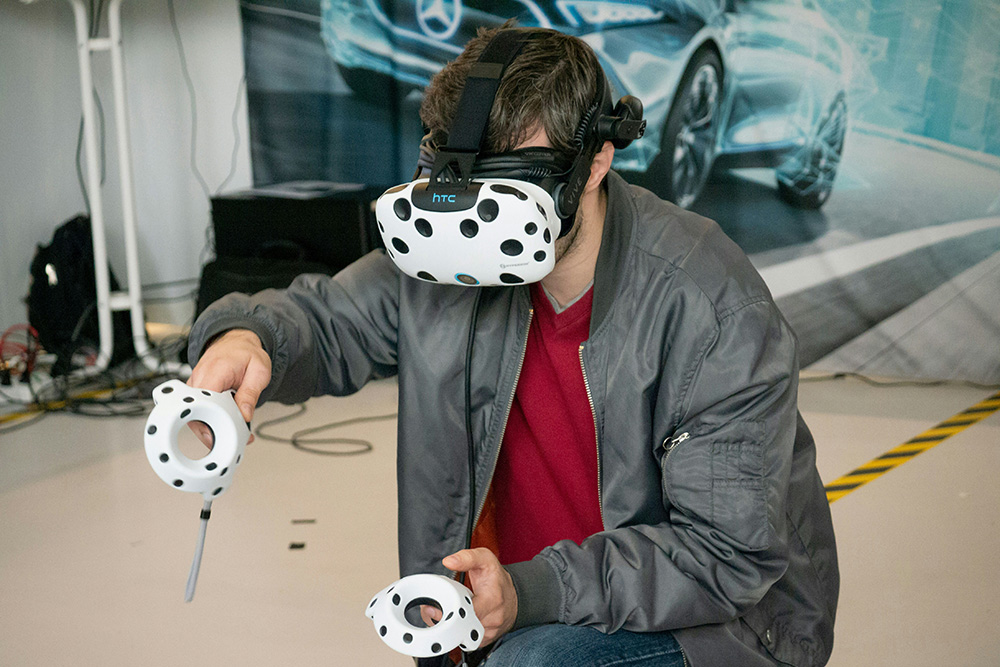This article explores the key trends, essential elements, and extended strategies of immersive event planning to help businesses craft unforgettable brand experiences.
▲ The Rise of Immersive Experiences: More Than a Trend—A Natural Evolution of Branding
The surge in immersive experiences stems from consumers’ desire for emotional resonance and authentic engagement. Instead of passively attending a product launch or listening to a speech, modern audiences prefer to participate in a story or embark on a journey.
Research shows that participants in immersive events are more likely to share their experiences on social media. Brand exposure typically increases by over 40%, with significant improvements in conversion rates. For brands, this model of “immersion + social + memory” is quickly becoming a key pathway to building long-term influence.
▲ Key Elements of Immersive Event Planning
Crafting a successful immersive event requires a multi-dimensional, strategic approach:
• Interactive Technologies
Integrating AR/VR, motion-sensing devices, and virtual environments breaks the boundary between physical and digital, enhancing both participation and technological appeal.
• Scene and Space Design
Focus on multi-sensory fusion—sight, sound, touch—through carefully curated set designs, lighting, and soundscapes. For example, transforming a venue into a forest, galaxy, or art gallery instantly evokes emotional resonance in attendees.
• Role Engagement and Task Mechanics
Create participatory roles or missions for users, shifting them from passive observers to active protagonists, stimulating exploration and a sense of belonging.
▲ Let Your Brand Tell a Story: Designing Narrative-Driven Experiences
A compelling event needs the power of storytelling. Well-structured storylines with clear emotional arcs allow users to naturally absorb brand messages during their experience.
For instance, a cosmetics brand launch created an experiential journey based on the theme of “Self-Discovery,” featuring five immersive rooms, each representing a different emotional state. As users moved through the spaces, they also gained deeper insight into the product’s emotional resonance.
The story doesn’t need to be complex—but it must be genuine, engaging, and aligned with the brand’s core values.
▲ Success Stories
• IKEA “IKEA Festival” Global Pop-Up
IKEA recreated “every corner of the home” in real-life settings, inviting users to explore home products in familiar environments. By blending music, workshops, and live performances, the event became an immersive lifestyle festival.
• NIKE “House of Innovation” Experience Days
NIKE fused digital try-ons, personalized fitness assessments, and story-based exhibitions to let users run into the brand, enhancing both technological engagement and emotional interaction.
▲ Post-Event Strategy: Keep the Experience Alive
The value of an immersive experience shouldn’t end when the event does—it should extend into long-term brand influence:
• Content Amplification
Use short videos, livestream recaps, and interactive edits to continue spreading event highlights and expanding reach.
• User Co-Creation
Encourage participants to share and create content, empowering them to become part of the brand community.
• Data Collection & Retargeting
Capture audience data to build user profiles and enable precision remarketing, boosting conversions and repeat engagement.
▲ Conclusion: Immersive Experiences Are the Future of Brand-User Relationships
In an age of attention scarcity, brands must move from broadcasting to participating, from communicating to connecting. Immersive events offer a powerful way for brands to integrate into users’ lives. They are more than just events—they are relationships built, memories made, and values deeply expressed.

